Shoji Ueda, Beyond the Dunes
The photographer offers an homage to banality through a series of photographs published under ‘Shoji Ueda - Second Edition.’
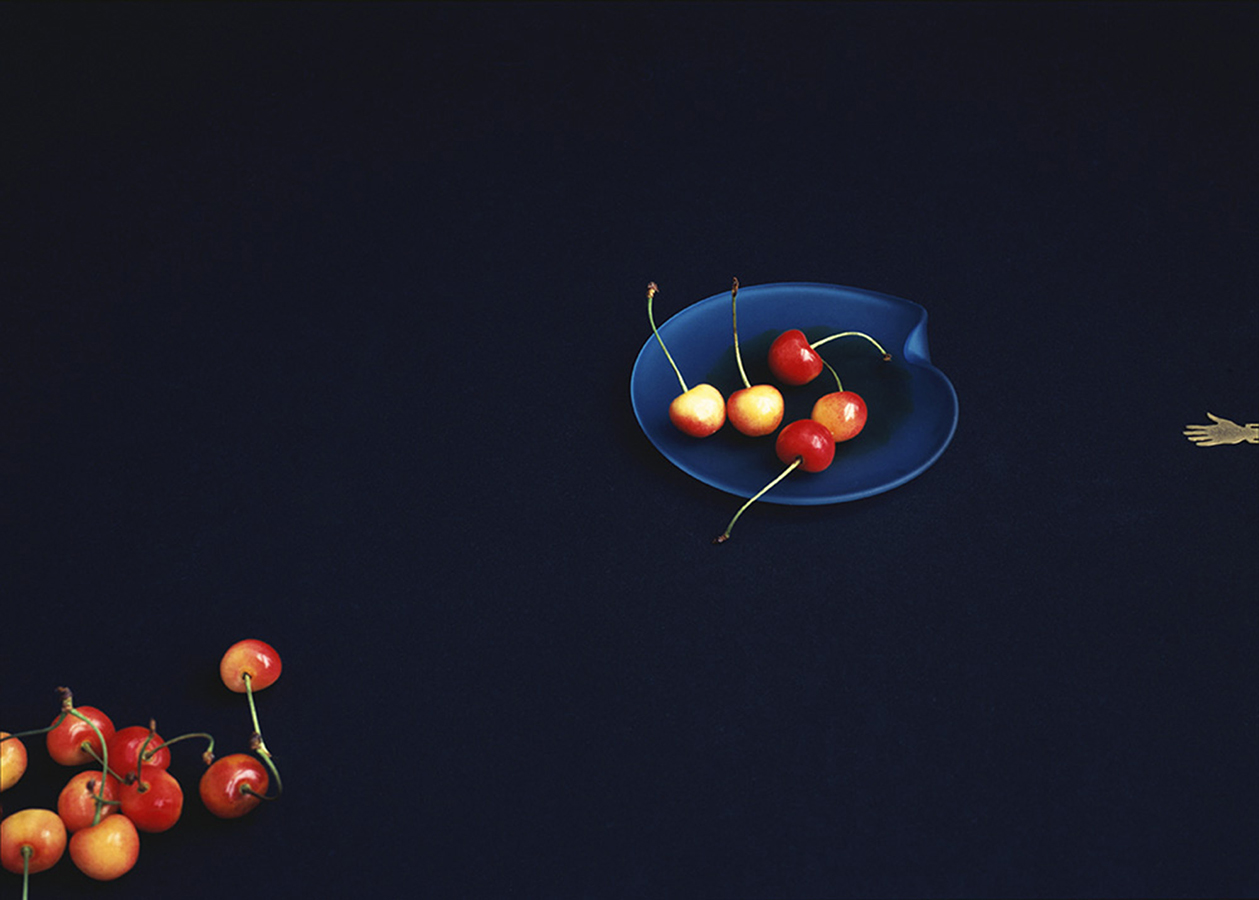
© Shoji Ueda / Shoji Ueda Office
Following his death in 2000, Shoji Ueda has been regularly associated with his series Sand Dune, developed during the 1950s. However, it is worth noting that his oeuvre is much vaster than just this one body of work. A second monograph, published by Chose Commune in 2016 is testimony to just this. The work covers 5000 original photographs conserved by the photographer’s grandson Yutaka Masutani, a number of which have never been seen before.
Born in 1913 in Tottori, Shoji Ueda never left this region, the least populated of Japan. The son of an artisan who specialised in geta, traditional Japanese sandals and wooden shoes, in 1930 he received a camera as a birthday gift. He took retirement between 1941 and 1947 in order to avoid being drafted as a military photographer. His style and the uniqueness of his images are characterised by the term ‘Ueda-cho’. A museum has since been dedicated to the photographer in his home town.
Little-known colour work
An admirer of Jacques-Henri Lartigue and Magritte, Shoji Ueda would often stage his wife and three children in absurd manners. A fan of black-and-white photography for the mysteries it contained, he nevertheless experimented with colour in some of his lesser-known works. The artist would develop still lives, staging seasonal fruit and day-to-day objects, breathing life and poetry into a wind-ravaged field or immortalising a young girl stood waiting with her back to the wall. This publication takes a new look at the photographer’s work, showing him to be a settled adventurer whose photographs should be read within the historical context of post-World War Two, of a banality that should be both appreciated and savoured.
The collected photographs were taken between 1935 and 1992. For the publication, Chose Commune gave writer Toshiyuki Horie carte blanche to develop a fictional text that would match the unique world of Shoji Ueda’s photography.
Shoji Ueda – Second edition (2016), is a photo book by Shoji Ueda and is published by Chose Commune.
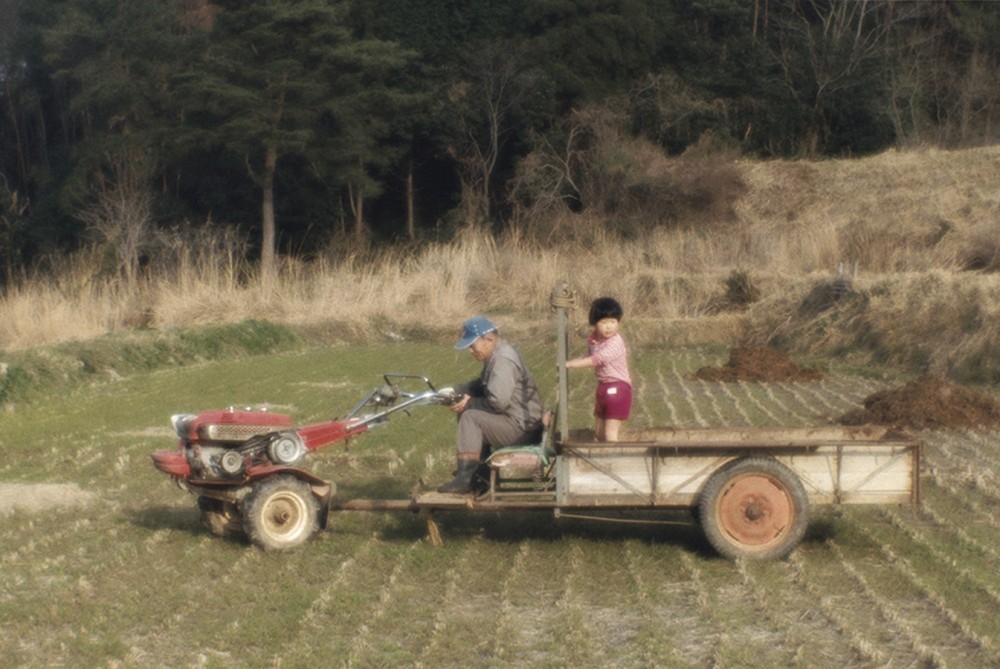
© Shoji Ueda / Shoji Ueda Office
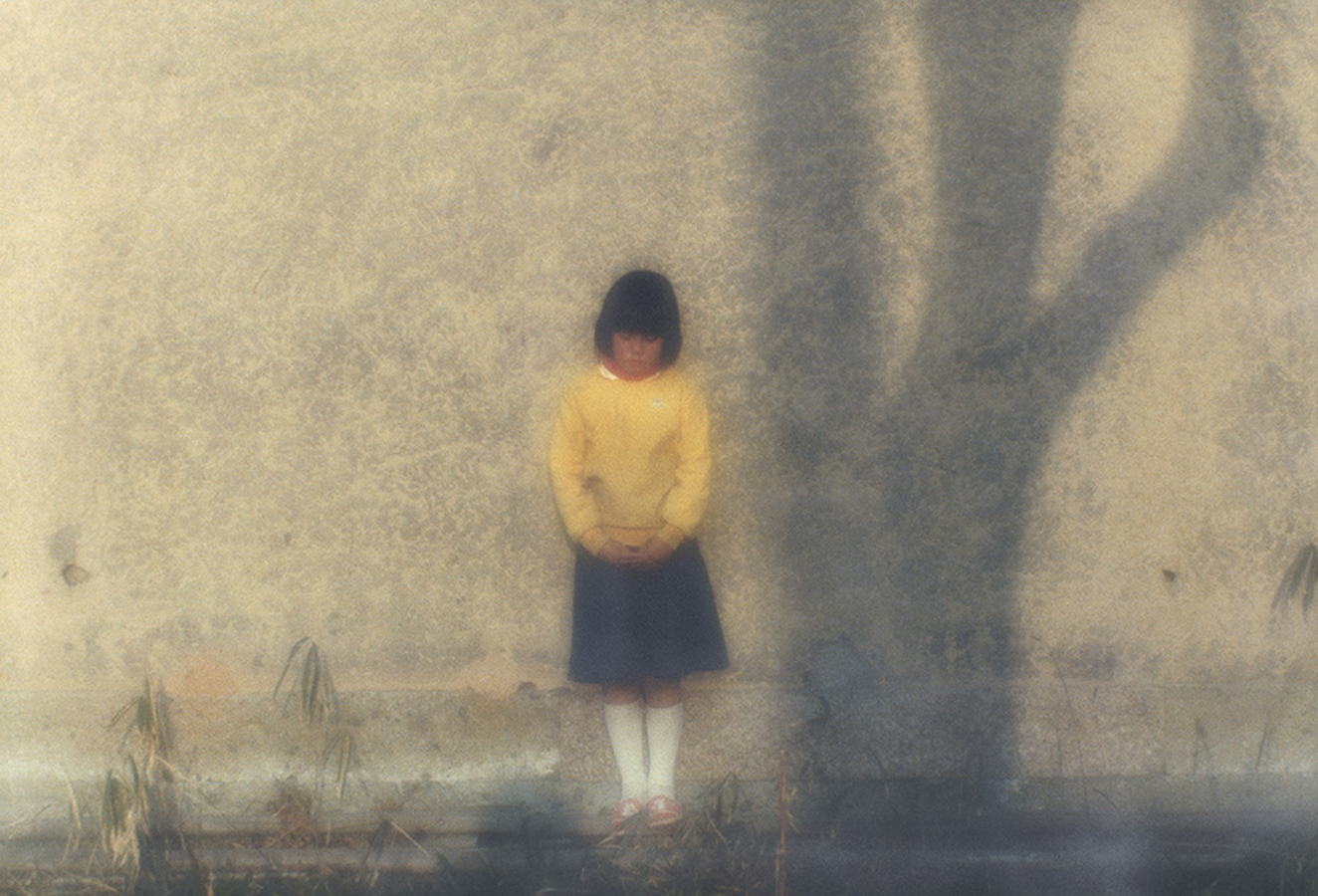
© Shoji Ueda / Shoji Ueda Office
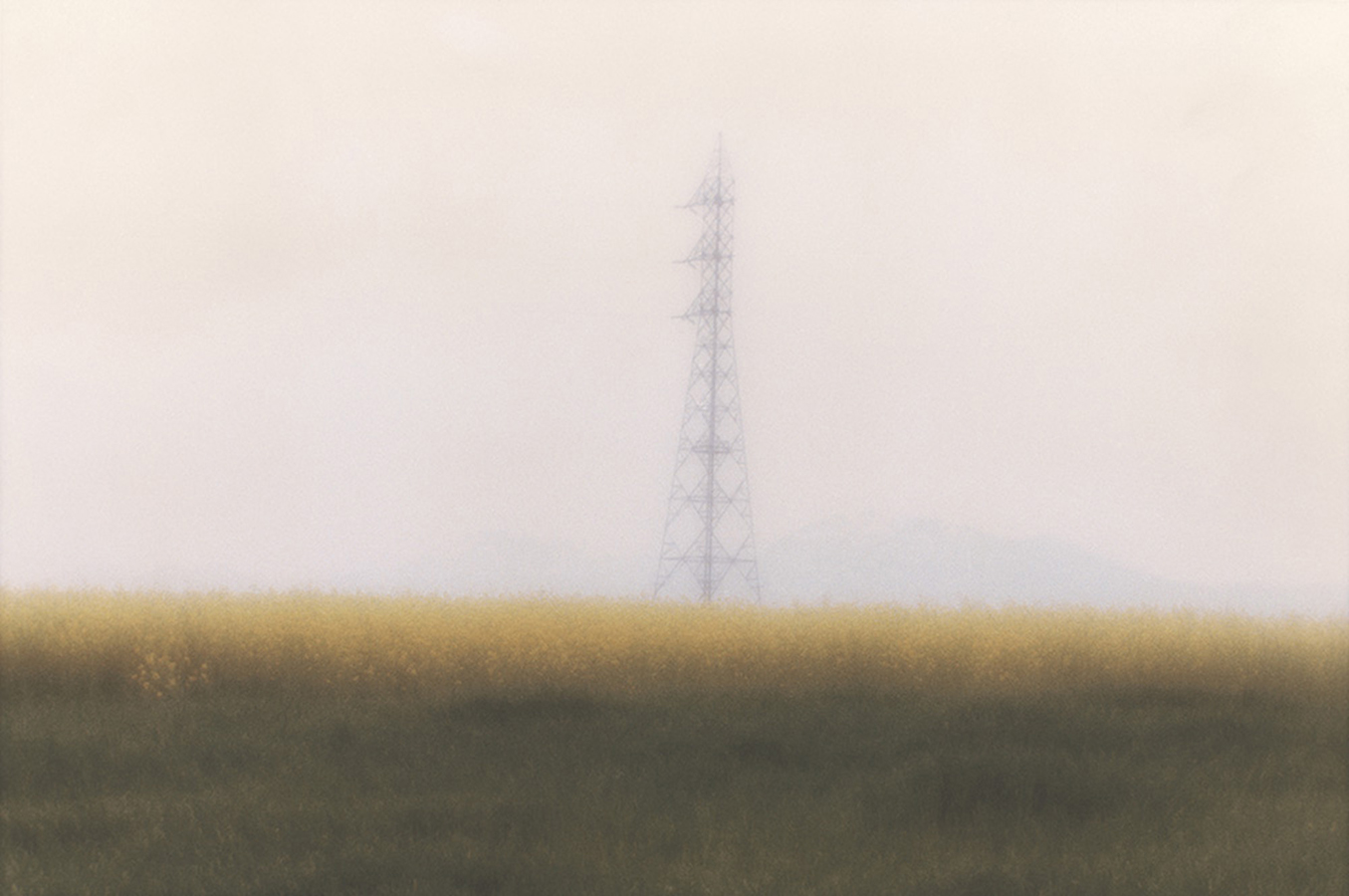
© Shoji Ueda / Shoji Ueda Office
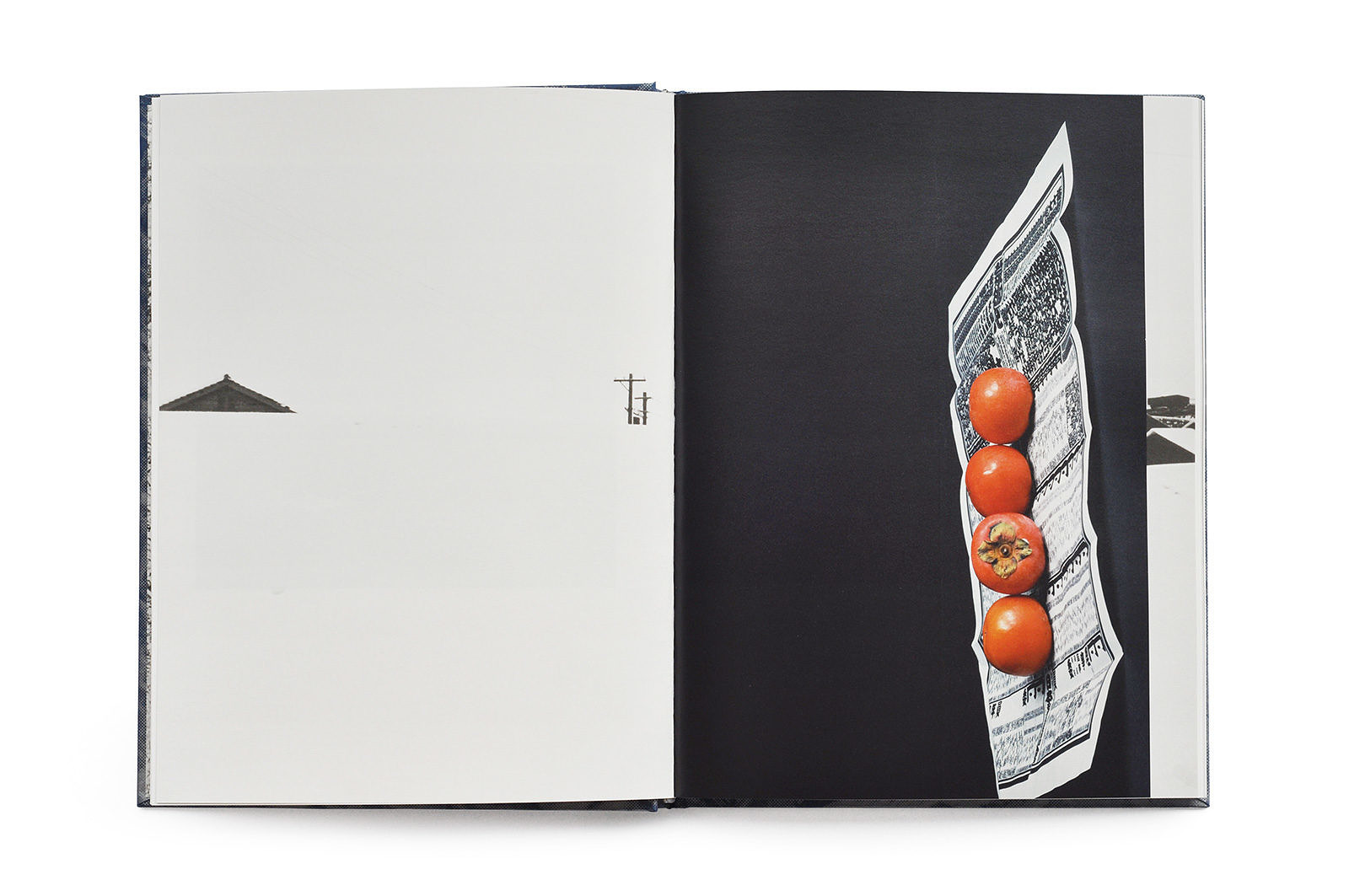
© Shoji Ueda / Shoji Ueda Office

© Shoji Ueda / Shoji Ueda Office
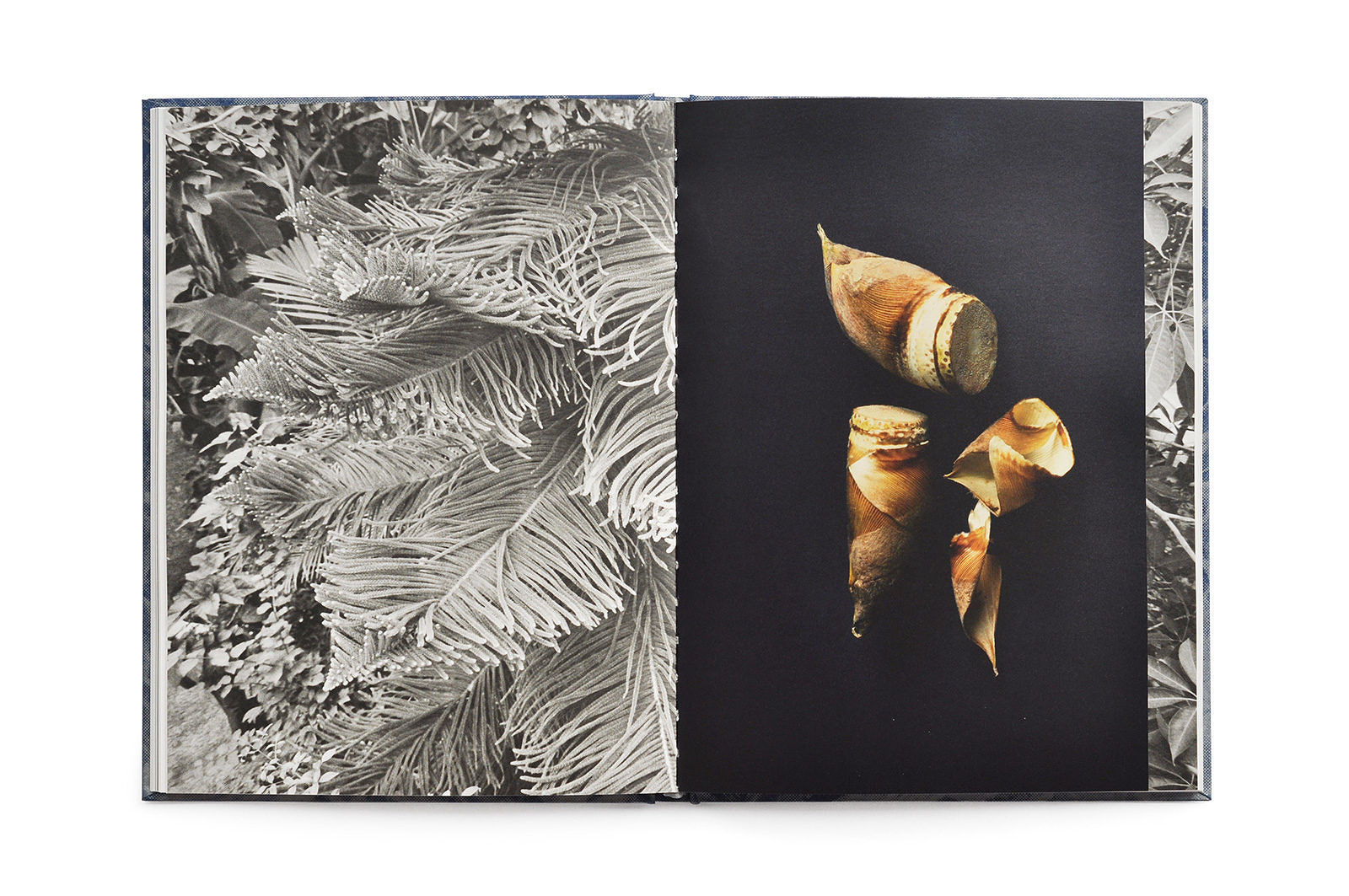
© Shoji Ueda / Shoji Ueda Office
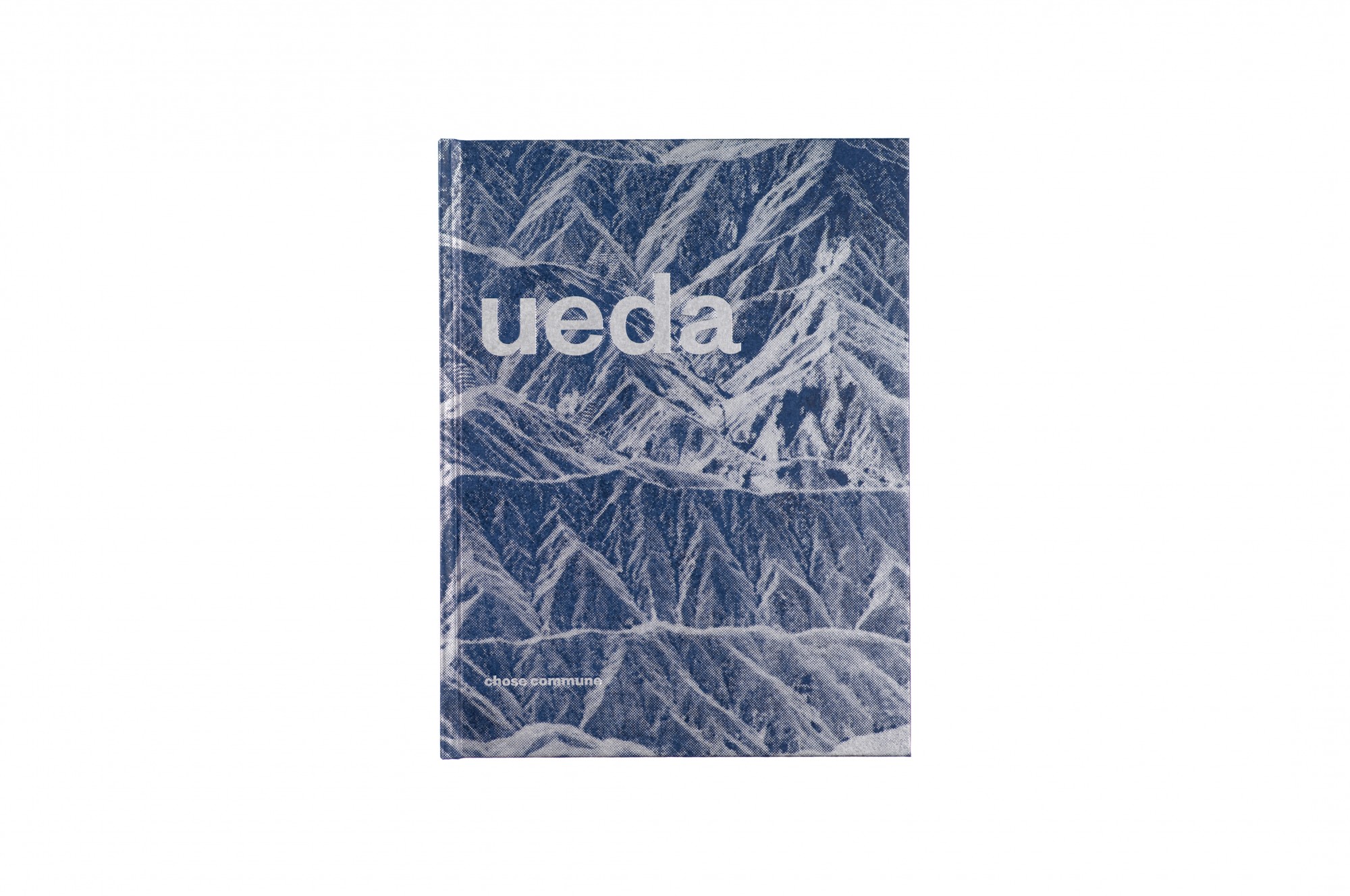
© Shoji Ueda / Shoji Ueda Office
TRENDING
-
The Tattoos that Marked the Criminals of the Edo Period
Traditional tattoos were strong signifiers; murderers had head tattoos, while theft might result in an arm tattoo.

-
The Story of Sada Yacco, the Geisha who Bewitched Europe
Described by Dazed magazine as the first beauty influencer, she has been restored to her former glory since 2019.

-
Chiharu Shiota, Red Threads of the Soul
Last year, more than 660,000 people visited the retrospective 'Chiharu Shiota: The Soul Trembles' exhibit at the Mori Art Museum.

-
Japanese Left-field Pop From The CD Age, 1989-1996
‘Heisei No Oto’, a compilation of hidden gems in the unspoken depths of Japanese pop, reveal blissful moment of technological possibility.

-
‘Shojo Tsubaki’, A Freakshow
Underground manga artist Suehiro Maruo’s infamous masterpiece canonised a historical fascination towards the erotic-grotesque genre.





